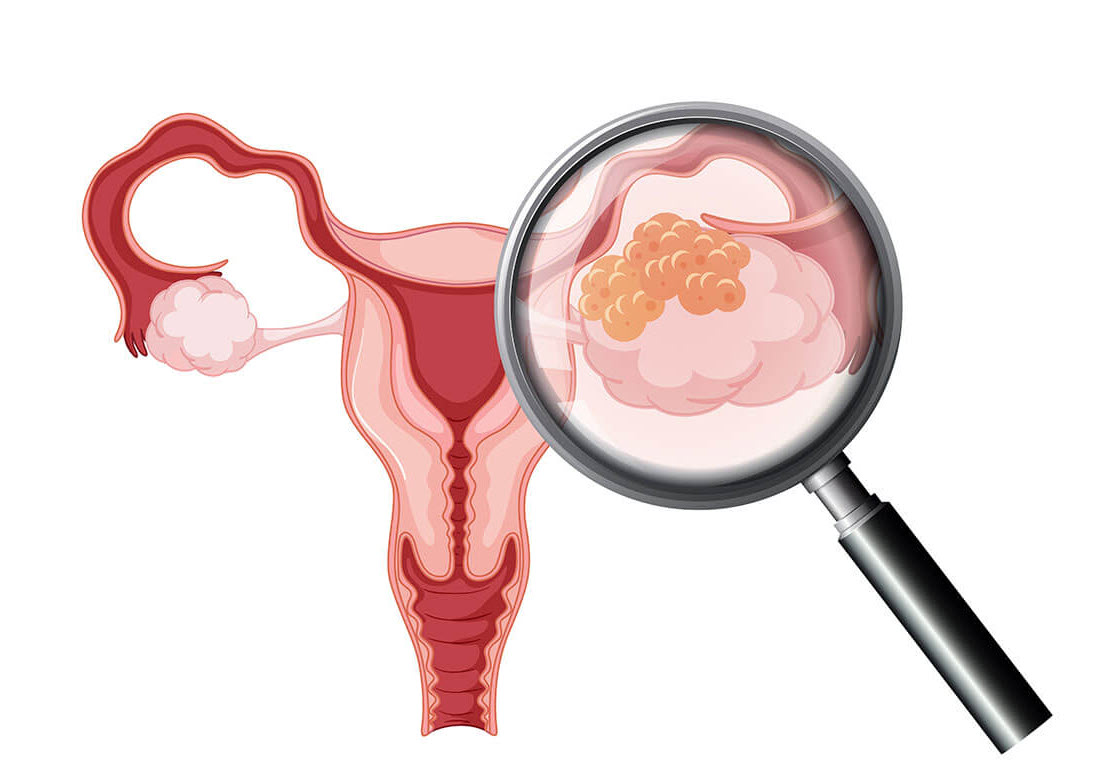Symptoms of Ovarian Cancer
Ovarian cancer is a cancer of the ovaries, which are located on either side of the uterus and produce follicles and female hormones. Although ovarian cancer has a relatively low incidence of about 1,000 to 1,200 cases per year, it is a deadly cancer with the number one mortality rate among women's cancers. However, if detected early and operated on when the cancer has not spread and is confined to the ovaries, the cure rate is 90%.
The best way to prevent ovarian cancer is to increase your chances of early detection with regular ultrasounds and blood tests.
Causes of Ovarian Cancer
Ovarian cancer is most commonly found in middle-aged women in their 40s and beyond, and although the incidence is low, it is often not detected until stage 3 or 4 because there are few early symptoms, so regular screening is necessary.

Ovaries often appear as bumps, so they need to be examined carefully, and SH Clinic uses precision imaging to increase the accuracy of the examination.
Women over the age of 20 with sexual experience need an annual gynecological check-up at least once a year
Check-ups required based on symptoms
| Symptoms | What to look for |
|---|---|
| ▫️ If you have increased vaginal discharge, odor, and itching ▫️ Multiple types of vaginismus suspected |
▪️ Basic gynecological examination ▪️ Inflammation and STD (Sexually Transmitted Diseases) Testing |
| ▫️ If you have bleeding during sexual intercourse ▫️ Viral infections of the cervix, cervical cancer, cervical erosion, cervical polyps ▫️Abnormal blood vessels in the cervix, endometrial polyps, uterine fibroids, or pheromone abnormalities |
▪️ Cervical cancer screening, Pap test, colposcopy, HPV test, ultrasound, STD test ▪️ Basic gynecological exams, women's cancer screening, inflammation and STD screening |
| ▫️ Menstrual irregularities, heavy bleeding, heavy periods, decreased menstrual flow ▫️ If you have spotting outside of your normal period, hormonal imbalances or tumors are suspected. |
▪️ Ultrasounds, hormone tests, pap smears, and ovarian function tests ▪️ Menstrual abnormalities, abnormal bleeding tests |
| ▫️ If you have dyspareunia, ovulation pain, severe menstrual cramps, or lower abdominal pain ▫️ Suspected pelvic inflammatory disease, cystitis, uterine adhesions, endometriosis, ovarian tumor, pelvic tumor |
▪️ Vaginal examination, ultrasound, gender test, simple cold, urinalysis, urine test ▪️ Basic obstetrics and gynecology checkups, screening for unmarried women, inflammation, and STDs |
| ▫️ If you have warts or bumps around your vaginal opening or anus ▫️ Suspected condyloma (gonorrhea) |
▪️ STD testing, cervical cancer screening, pap smears, and ultrasound color tests |
| ▫️ If you want to stay vibrantly healthy through midlife and beyond. | ▪️ Women's cancer screening, well-woman exams, menopause screening |
| ▫️ For simple adult disease and cancer screenings, etc. | ▪️ Molecular Cancer Screening (Blood test with accuracy 99%) |









